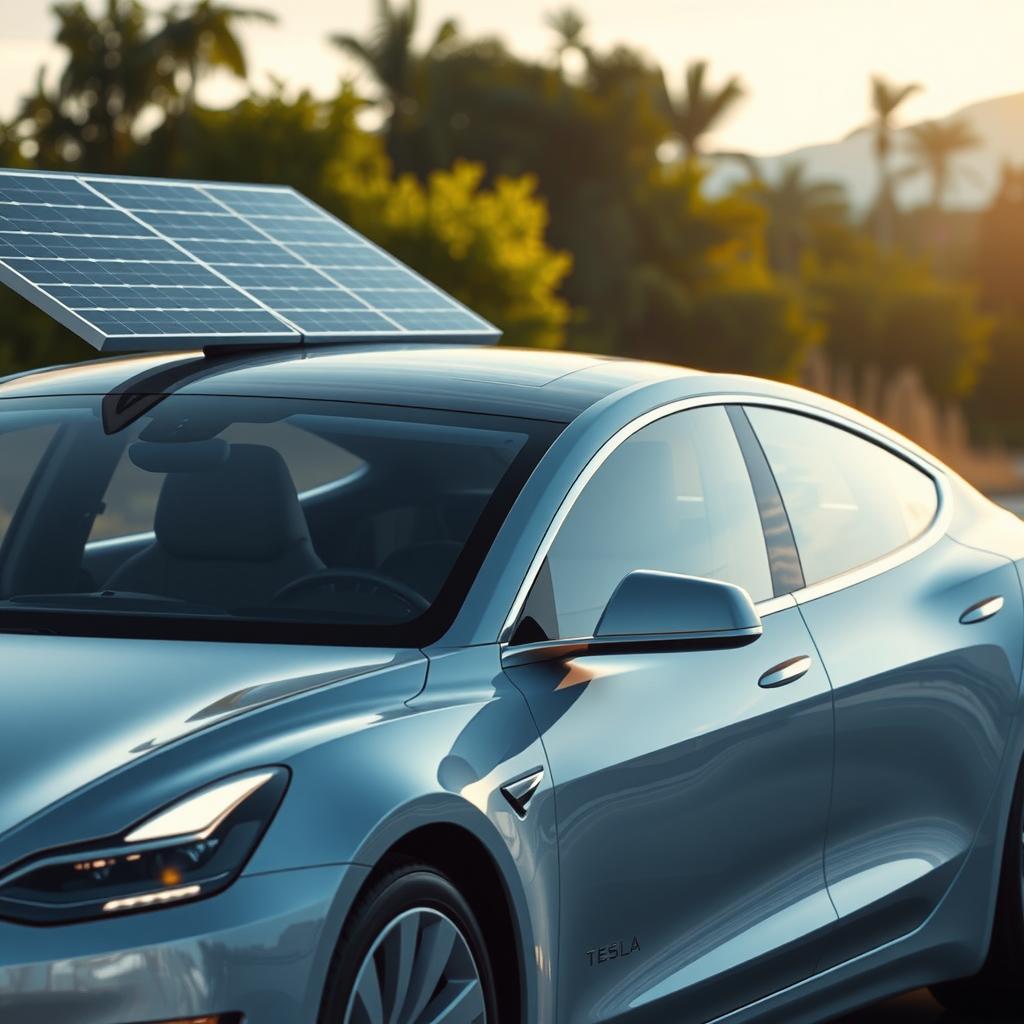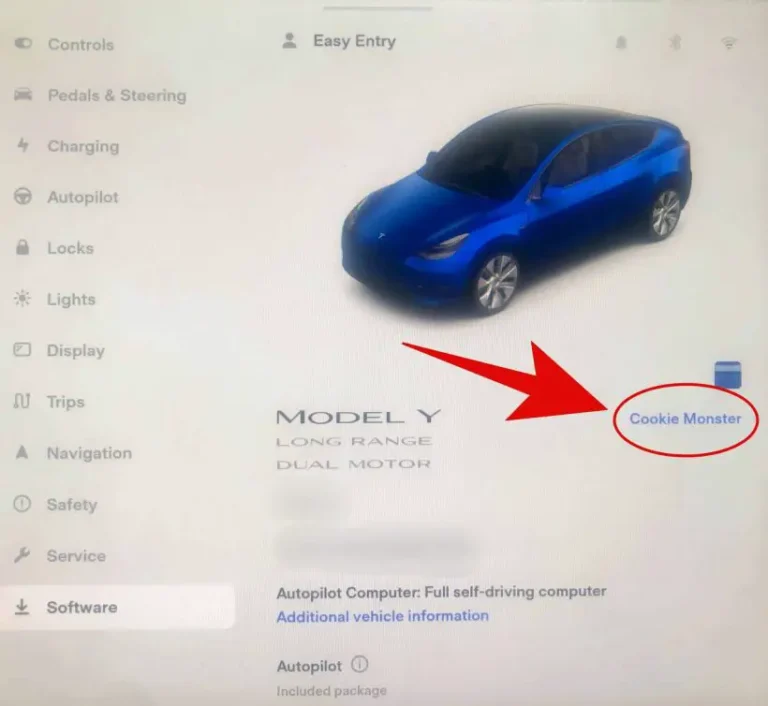Can A Tesla Car Drift?
Can a Tesla car drift? It’s a question that car enthusiasts and performance drivers often ask.
Drifting is all about controlled oversteering, where the rear tires lose traction while the car maintains forward momentum. Since Teslas are electric, with instant torque and traction control, drifting them is a bit different from traditional gas-powered cars.
The Short Answer: Yes, But It Depends on the Model
Not all Tesla models are built for drifting. While most Teslas prioritize grip and efficiency, some models—like the Model 3 Performance and Model S Plaid—offer drift-friendly features.
Which Tesla Models Can Drift?
Drifting a Tesla depends on power, drivetrain, and traction control settings.
Best Tesla Models for Drifting:
- Tesla Model 3 Performance – Has Track Mode, which allows controlled slides.
- Tesla Model S Plaid – Extreme power and all-wheel-drive, but needs traction adjustments.
- Tesla Model Y Performance – Capable of some drifting but harder to control.
Worst Tesla Models for Drifting:
- Tesla Model X – Too heavy, built for stability.
- Tesla Model S (Non-Plaid) – High grip makes drifting difficult.
- Standard Tesla Model 3 & Y – Lacks performance features for proper drifting.
How to Drift a Tesla
Drifting a Tesla isn’t as simple as turning off traction control like in gas cars. You need the right settings and conditions.
1. Enable Track Mode (For Model 3 Performance)
The Track Mode setting in the Model 3 Performance helps with drifting.
To enable Track Mode:
- Go to the Touchscreen.
- Tap Controls > Driving > Track Mode.
- Customize settings to bias power toward the rear wheels.
Track Mode adjusts power distribution, stability control, and regenerative braking to allow for controlled slides.
2. Adjust Stability Control (For Model S Plaid)
- The Model S Plaid doesn’t have a dedicated “Drift Mode,” but you can reduce traction control.
- Hold the Traction Control button until the system enters reduced stability mode.
3. Find a Safe & Legal Location
Drifting should only be done in controlled environments like a race track or private lot. Never attempt to drift on public roads.
4. Use the Scandinavian Flick Technique
Drifting a Tesla requires a different approach than a gas car.
- Build speed and turn slightly in the opposite direction of the drift.
- Quickly steer into the intended drift direction.
- Apply throttle while counter-steering to control the slide.
Can You Drift a Tesla Without Track Mode?
Yes, but it’s harder. Without Track Mode, the car’s stability control will try to correct the slide.
For non-Performance models:
- Press and hold the Traction Control button to reduce electronic intervention.
- Rear-wheel-drive models (RWD) are easier to slide.
Challenges of Drifting a Tesla
Drifting an electric car is different from a gas-powered car. Here’s why:
1. Instant Torque
- Electric motors provide immediate power, making control tricky.
- It’s easy to overcorrect and lose the drift.
2. Regenerative Braking
- Regen braking slows the car down when you lift off the accelerator.
- For better drifts, reduce regen braking in settings.
3. Heavy Battery Weight
- Teslas are heavier than most sports cars due to their large battery packs.
- The added weight makes maintaining a drift harder.
4. Lack of Traditional Handbrake
- Gas-powered drift cars use a handbrake to initiate slides.
- Teslas don’t have a handbrake, so drifts rely on throttle control.
Can You Drift a Tesla Model Y?
The Model Y is an SUV, so it’s not the best drift car. However, the Performance version can perform controlled slides if stability control is adjusted.
Can You Drift a Tesla in Snow?
Yes! Snow and ice reduce traction, making drifting easier.
To drift a Tesla in snow:
- Use Chill Mode Off for maximum power.
- Reduce regenerative braking to prevent sudden slowdowns.
- Turn off Slip Start to allow more wheel spin.
Snow drifting is a great way to practice control in a lower-speed environment.
FAQs About Drifting a Tesla
Can a Tesla drift like a gas car?
Yes, but it requires different techniques. Tesla’s instant torque and lack of a handbrake make drifting more challenging.
Which Tesla model is best for drifting?
The Model 3 Performance is the best Tesla for drifting, thanks to Track Mode.
Can you turn off traction control in a Tesla?
Yes, but only partially. Track Mode on Performance models allows more slip.
Is it bad for a Tesla to drift?
Frequent drifting can cause extra tire wear and stress on the drivetrain.
Can you drift a Tesla in the snow?
Yes! Snow makes drifting easier by reducing traction.
The Verdict: Can a Tesla Drift?
Yes, but it depends on the model and settings.
The Model 3 Performance is the best Tesla for drifting, thanks to Track Mode. With the right technique, even other models can slide, but Teslas are designed for grip rather than drifting.

How Does Drifting Affect a Tesla?
Drifting is fun, but it puts extra strain on your car. Here’s what you should consider:
1. Tire Wear
- Drifting wears out tires much faster than normal driving.
- Rear tires will experience the most wear due to constant sliding.
- Soft performance tires will degrade even faster.
2. Motor and Battery Stress
- Drifting requires rapid throttle inputs, causing extra heat buildup.
- The battery and motors work harder to maintain power delivery.
- Repeated stress could slightly reduce long-term efficiency.
3. Overheating Risks
- Teslas have excellent cooling systems, but excessive drifting can push the limits.
- The Model 3 Performance’s Track Mode helps manage heat, but other models may experience power reduction.
4. Warranty Concerns
- Tesla’s warranty covers defects but not excessive wear from aggressive driving.
- Drifting-related damage might not be covered under Tesla’s standard warranty.
Can You Modify a Tesla for Better Drifting?
Yes! If you want to make your Tesla more drift-friendly, here are some modifications:
1. Performance Tires
- Use high-performance tires with lower grip in the rear for easier drifting.
- Dedicated drift tires (like semi-slicks) can provide better slide control.
2. Adjustable Suspension
- Lowering springs or coilovers improve weight balance and response.
- Adjusting camber angles helps control slides.
3. Aftermarket Handbrake
- Some Tesla owners install a hydraulic handbrake for better drift initiation.
- Requires custom fabrication but improves control.
Drifting a Tesla vs. Drifting a Gas Car
Drifting a Tesla is different from a traditional rear-wheel-drive gas car.
| Feature | Gas Car | Tesla |
|---|---|---|
| Power Delivery | Gradual throttle response | Instant torque |
| Handbrake | Standard mechanical handbrake | No handbrake (requires mods) |
| Weight | Generally lighter | Heavier due to battery pack |
| Drift Difficulty | More predictable | Requires adjustments and settings |
What’s the Future of Drifting in Teslas?
Tesla is always evolving, and future software updates could improve drift capabilities.
What Could Tesla Do to Improve Drifting?
- Add a dedicated Drift Mode (like BMW and Ford’s drift settings).
- Allow more customization of stability control and torque distribution.
- Develop an electric handbrake system for drift enthusiasts.
With Tesla’s focus on performance, future updates could make drifting easier for owners who want to slide their EVs.
FAQs About Drifting a Tesla
Can a Tesla drift like a gas car?
Yes, but it requires different techniques. Tesla’s instant torque and lack of a handbrake make drifting more challenging.
Which Tesla model is best for drifting?
The Model 3 Performance is the best Tesla for drifting, thanks to Track Mode.
Can you turn off traction control in a Tesla?
Yes, but only partially. Track Mode on Performance models allows more slip.
Is it bad for a Tesla to drift?
Frequent drifting can cause extra tire wear and stress on the drivetrain.
Can you drift a Tesla in the snow?
Yes! Snow makes drifting easier by reducing traction.
The Verdict: Can a Tesla Drift?
Yes, but it depends on the model and settings.
The Model 3 Performance is the best Tesla for drifting, thanks to Track Mode. With the right technique, even other models can slide, but Teslas are designed for grip rather than drifting.

